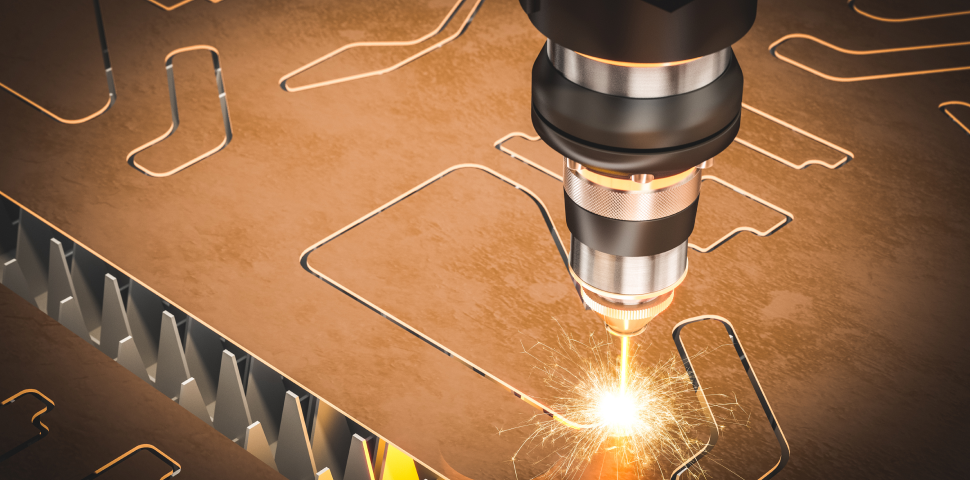How hot is a laser beam?

The Temperature Conundrum: Understanding the Heat of a Laser Beam
Laser beams have long been associated with intense heat and energy. However, it is important to note that a laser beam itself does not possess a temperature. In this article, we will explore the intriguing concept of the heat generated by laser beams and delve into the properties of light particles known as photons that make up these powerful beams.
Heat and Temperature: A Matter Perspective:
To understand the relationship between laser beams and temperature, it is crucial to differentiate between heat and temperature. Heat is the energy transferred between two systems due to a temperature difference, while temperature represents the average kinetic energy of the particles in a substance.
Heat is primarily associated with the random motion of atomic or molecular particles, while laser beams consist of photons, which are massless particles of light. Unlike matter particles, photons do not possess mass and, therefore, do not exhibit the random motion responsible for generating heat.
Properties of Photons in Laser Beams:
A laser beam is formed by a highly concentrated stream of photons, which possess unique properties. Photons are packets of electromagnetic energy that propagate as waves and particles simultaneously. They carry specific amounts of energy, determined by their frequency or wavelength.
As laser beams are focused and concentrated, they can deliver a high density of photons to a targeted area. When these photons interact with matter, they can transfer their energy, leading to various effects such as cutting, heating, or fluorescence. However, it is crucial to note that the heat generated in these interactions is a result of the energy transfer rather than the temperature of the laser beam itself.
The Absorption of Photons and Energy Transfer:
When a laser beam interacts with a material, the photons are absorbed by the atoms or molecules in that material. This absorption process can excite the particles, causing them to gain energy. The excess energy is then converted into heat through processes like molecular vibrations or collisions with other particles in the material.
The amount of heat generated depends on factors such as the intensity of the laser beam, the properties of the material, and the absorption characteristics of the photons. Different materials exhibit varying degrees of photon absorption, which can lead to different heating effects.
It is important to note that the temperature of the material being exposed to a laser beam may increase due to the absorption of energy, but the laser beam itself does not possess a temperature. The photons in the laser beam do not have kinetic energy in the same way as matter particles do, so they cannot be directly associated with a temperature value.
Conclusion:
The heat generated by a laser beam is a consequence of the energy transfer between the photons and the material they interact with. While laser beams can induce heating effects in materials, it is essential to understand that the laser beam itself does not possess a temperature. This distinction highlights the unique properties of photons and their role in laser technology.

